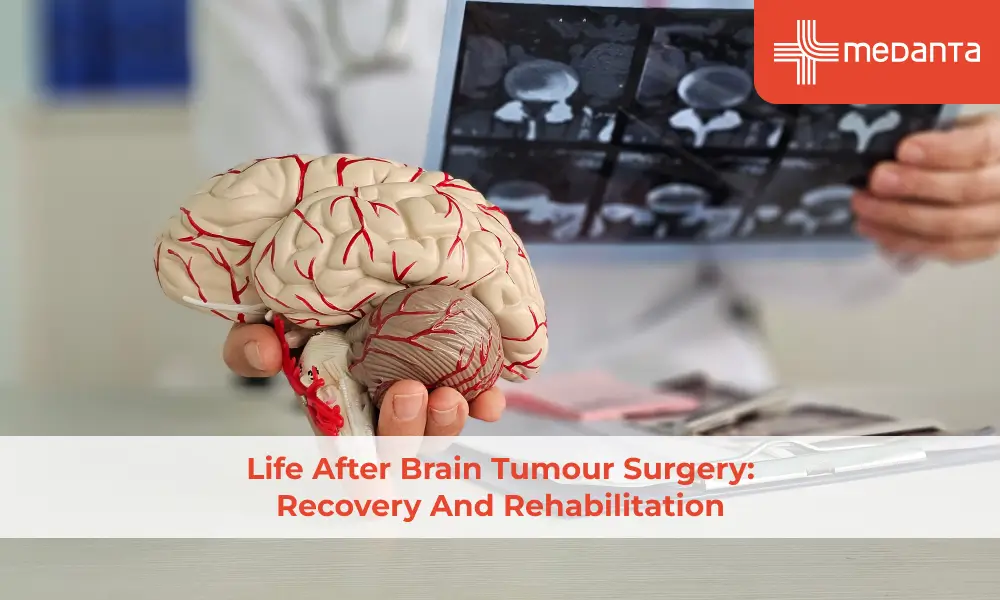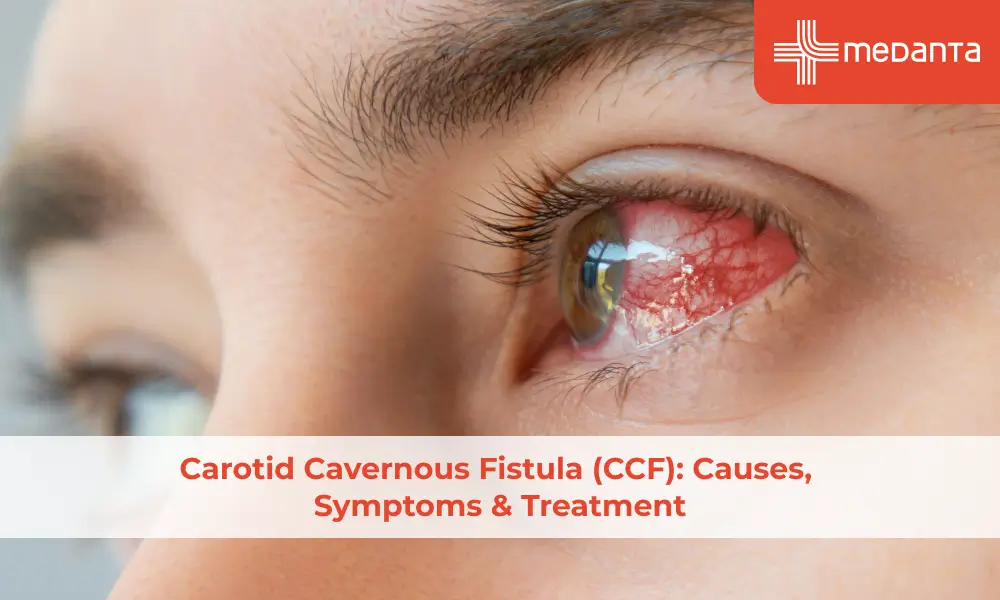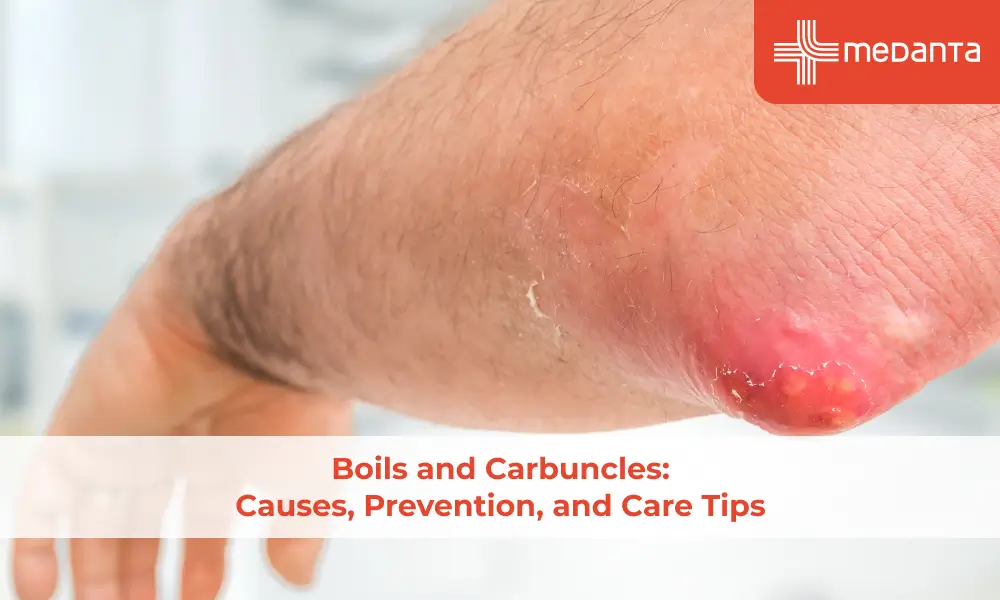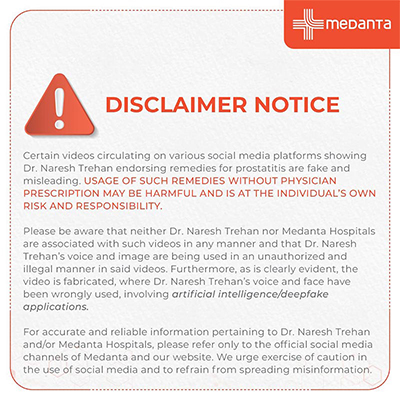How to Handle a Medical Emergency?

TABLE OF CONTENTS
Warning signs like sudden chest pain, difficulty breathing, or loss of consciousness can make all the difference in handling a medical emergency. The American College of Emergency Physicians confirms these symptoms often signal a crisis that needs immediate attention.
Every second counts in emergencies. If someone shows signs of a stroke, people can act quickly by using the FAST method (Face drooping, Arm weakness, Speech problem, Time to call emergency services). The ABCs of first aid (Airway, Breathing, Circulation) can save lives when a person becomes unresponsive.
Spotting a medical emergency early affects outcomes by a lot. Simple first aid is sometimes all a person needs, which shows why a quick response matters. Professional help from trained paramedical staff provides vital assistance through patient prioritisation and swift treatment.
This article will build your knowledge and confidence in responding to medical emergencies. Your ability to spot and react to crisis situations could save a life—whether you're at home, work, or in public.
Be Prepared Before a Crisis Happens
Proper preparation is the key to effective emergency response. A study by the Pan American Health Organisation shows that governments, communities, and individuals can build their capabilities through preparedness actions based on sound risk analysis.
Your first aid kits should be well-stocked in several places. The Red Cross suggests keeping kits in your home, car, and workplace. Each kit should have the following:
Simple supplies: Adhesive bandages, sterile gauze pads, compression dressings, adhesive tape, scissors, tweezers
Medications: Antiseptic wipes, antibiotic ointment, aspirin, hydrocortisone cream
Emergency items: Emergency contact numbers, medical history forms, torch with extra batteries
The Red Cross recommends checking your kits every six months to replace expired or used items.
Life-saving skills are essential to learn. CPR training can double or triple a cardiac arrest victim's chance of survival. Just a few hours of training gives you the skills and confidence to help during emergencies. Red Cross CPR courses come in many formats, including online, instructor-led, and blended learning.
Keep emergency numbers where you can find them quickly. India's National Emergency Number 112 brings together police, fire brigade, and ambulance services. Other vital numbers are 102 for ambulance services and 108 for disaster management.
Find the nearest medical facilities before an emergency occurs. Knowing the address of the closest emergency room helps you make quick decisions and communicate better with first responders. Make sure your family members know this information for a coordinated response.
Preparation goes beyond just having supplies ready. The knowledge and confidence you gain through preparation help you respond better. The Pan American Health Organisation points out that good preparation needs contingency planning, stockpiling supplies, and establishing coordination mechanisms.
Recognising a Medical Emergency
Quick identification of medical emergencies saves lives. Knowing how to spot warning signs can make the difference between getting prompt treatment and facing serious consequences.
The following lists several warning signs that show a medical emergency:
Sudden chest pain or pressure lasting more than two minutes, especially when you have pain spreading to the arm, neck, or jaw
Difficulty breathing or pronounced shortness of breath
Loss of consciousness or fainting that doesn't quickly resolve
Severe bleeding that won't stop
Sudden confusion or changes in mental status
Sudden severe pain anywhere in the body
Seizures, especially those lasting more than 5 minutes
Severe vomiting or diarrhoea that persists
Children show different warning signs. Parents should look for major changes in mental state, extreme irritability, unusual sleepiness, or problems with standing or walking. A high fever with behavioural changes needs immediate medical attention.
Some symptoms point directly to life-threatening conditions:
Stroke victims often show sudden weakness or numbness on one side of their body, facial drooping, slurred speech, or vision loss.
Heart attack symptoms usually include chest pain that feels like pressure or tightness, sometimes with sweating, nausea, or pain that propagates to the arms.
Emergency care ensures timely, high-quality healthcare services when time matters most. Knowing when to call emergency services becomes crucial. Your local emergency number should be called right away if the condition threatens life, might get worse during transport, or needs paramedic skills.
Your instincts matter greatly. Your observation becomes one of your strongest tools. Something feeling seriously wrong should prompt immediate action. Doctors agree that caution serves better than regret in emergency situations.
Responding with Confidence During Emergencies
Quick action can save lives during a medical emergency. Your immediate response after a patient collapses or shows signs of distress can determine their chances of recovery.
Scene safety assessment must come before you approach anyone in distress. Here's what you should do if someone has trouble breathing:
Call emergency services immediately (1068 for Medanta)
Check the person's airway, breathing, and pulse
Loosen tight clothing around the neck & chest
Help them use prescribed medications like inhalers or oxygen
Monitor breathing and pulse until help arrives
The person's condition determines their ideal position. Place unresponsive but breathing patients in the recovery position. People who can respond but have breathing problems should sit upright in a comfortable position.
CPR becomes crucial during cardiac emergencies. The chest compressions should be hard and fast at 100-120 per minute. Blood keeps flowing to vital organs this way until professional help arrives. An AED (Automated External Defibrillator) can help if you follow its voice prompts.
Your confident response matters in mental health emergencies, too. A calm environment with a neutral tone and open body language helps. Trust builds during psychiatric crises through active listening and acknowledging feelings. The person needs safety and proper mental health resources in severe cases.
Reassurance plays a vital role in any emergency. Let them know help is on the way and stay close. Keep watching for changes while protecting them from extreme temperatures.
Your response doesn't need to be perfect. Simple actions like positioning someone correctly or starting CPR early can double or triple their survival chances. Your training will guide you, and any action helps more than waiting passively for professional help.
Conclusion
Medical emergencies demand quick thinking and confident action. Preparation serves as your foundation to handle emergencies. Well-stocked first aid kits, CPR training, and emergency numbers create a safety net before a crisis occurs. People who prepare face emergencies with more confidence than those caught off guard.
Early recognition of warning signs makes a crucial difference. Knowing how to spot symptoms like chest pain, breathing difficulties, or sudden confusion leads to faster intervention. Every minute without proper care can worsen outcomes during emergencies.
Your response during a crisis builds on these preparatory steps. Simple interventions such as proper positioning, CPR, or calling emergency services can double or triple survival chances. Any action helps more than inaction while waiting for professional help.
Note that you don't need medical expertise to make a difference. Simple knowledge, preparation, and willingness to act can save lives in those critical moments before professional help arrives. Medical emergencies become manageable when you face them with confidence and competence.
FAQs
What are the key warning signs of a medical emergency?
Key warning signs include sudden chest pain, difficulty breathing, loss of consciousness, severe bleeding, sudden confusion, and seizures lasting more than 5 minutes. If you observe any of these symptoms, seek immediate medical attention.
How can I prepare for potential medical emergencies?
Prepare by keeping well-stocked first aid kits in your home, car, and workplace. Learn essential life-saving skills like CPR, store emergency numbers in accessible locations, and familiarise yourself with the nearest medical facilities.
What should I do if someone collapses and is unresponsive?
First, ensure the scene is safe. Then, check for breathing and pulse. If the person is not breathing, start CPR immediately. If they are breathing, place them in the recovery position. Always call emergency services promptly.
How can I help someone experiencing breathing difficulties?
Call emergency services immediately. Help the person sit upright, loosen tight clothing around their neck and chest, and assist them with using any prescribed medications, such as inhalers. Monitor their breathing until help arrives.
What's the best way to handle a mental health crisis?
Create a calm environment and use a neutral tone. Practise active listening and validate the person's feelings. Ensure their safety and connect them with appropriate mental health resources. If the situation is severe, don't hesitate to call emergency services.






